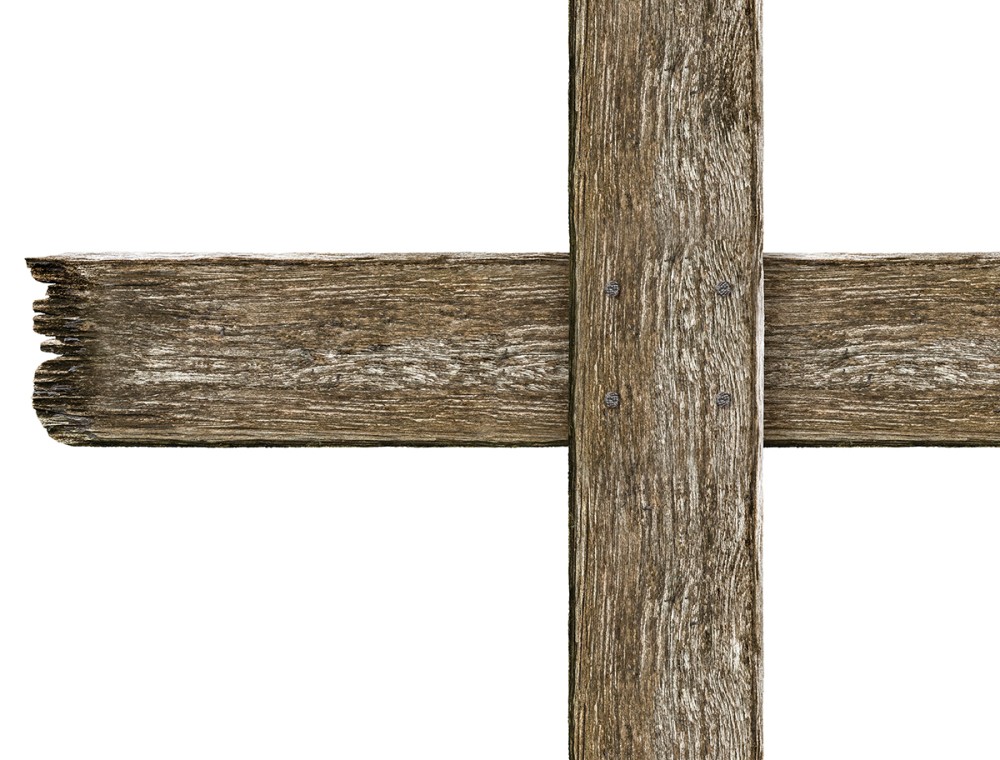
Long ago, before the mid-eighth century, John of Damascus gave voice to the way the Greek church fathers approached the cross: “We venerate the Cross of Christ, by which the power of the demons and the deceit of the devil were destroyed.” Following this tradition, Orthodox Christians through the centuries have consistently celebrated the cross as an emblem of victory. This emphasis, which is deeply rooted in scripture and the writings of the early church fathers, is manifest in Orthodoxy’s liturgical traditions.
Celebrating the crucifixion as a triumph may seem jarring to Western Christians, but not because they neglect the cross in their thought and piety. Several beloved Western hymns focus on the cross—among them, “At the Cross” (written by Isaac Watts in 1707), “Lift High the Cross” (penned by George Kitchin in 1887), and “The Old Rugged Cross” (authored by George Bennard in 1912). And many Western Christians wear a cross as a testimony to their faith in and commitment to Jesus Christ. In general, however, Western Christians see the crucified Christ as a suffering victim, enduring the divine judgment and paying the legal penalty for our sins. Any sense of triumph is usually reserved for the resurrected Christ.
The preaching and writings of the apostles are replete with references to the cross of Christ. While the cross certainly entailed horrendous sufferings, it is striking that Paul also associates Christ’s cross with power. The apostle warns against faulty attitudes toward the life of the church in Corinth, “so that the cross of Christ might not be emptied of its power” (1 Cor. 1:17). He proceeds immediately to write that “the message about the cross is . . . the power of God” (1 Cor. 1:18). While not diminishing in any regard the sufferings Christ endured, Paul proclaims the victory of Christ on the cross.





